STRENGTH TESTS
Bench Press 1RM
To assess an athlete’s ability to generate maximum force and torque within the upper extremities (maximal strength) to overcome an external load.
A standard sized Olympic weightlifting bar (20kg male and 15kg female bar), a weightlifting platform, a bumper plate set (1.25kg, 2.5kg, 5kg, 10kg, 15kg, 20kg, 25kg), a power rack and standard bench.
The athlete performs an effective RAMP warm up specific to bench press performance before gradually increasing their working loads performing sets of 1-3 with incrementing loads.
The athlete continues to make bench press attempts until a maximum is reached and the athlete perceives they can no-longer lift a further load (thus can be discussed between the coach and the assessor if the coach feels the athlete is capable of achieving a greater load) or they fail at lifting as specific load. Ensure fully trained spotters are available and accurate audible commands are implemented between the assessor, spotters and the athlete.
The final load lifted with correct form is then recorded in Kg. If the athlete isn’t competent enough to perform a true 1RM, then the athlete should perform a submaximal test of 3RM or 5RM from which the athletes predicted 1RM can be calculated.
Back Squat 1RM
To assess an athlete’s ability to generate maximum force and torque within the lower extremities (maximal strength) to overcome an external load.
A standard sized Olympic weightlifting bar (20kg male and 15kg female bar), a weightlifting platform, a bumper plate set (1.25kg, 2.5kg, 5kg, 10kg, 15kg, 20kg, 25kg), a power rack and standard bench.
The athlete performs an effective RAMP warm up specific to back squat performance before gradually increasing their working loads performing sets of 1-3 with incrementing loads.
The athlete continues to make back squat attempts until a maximum is reached and the athlete perceives they can no-longer lift a further load (thus can be discussed between the coach and the assessor if the coach feels the athlete is capable of achieving a greater load) or they fail at lifting as specific load. Ensure fully trained spotters are available and accurate audible commands are implemented between the assessor, spotters and the athlete.
The final load lifted with correct form is then recorded in Kg. If the athlete isn’t competent enough to perform a true 1RM, then the athlete should perform a submaximal test of 3RM or 5RM from which the athletes predicted 1RM can be calculated.





